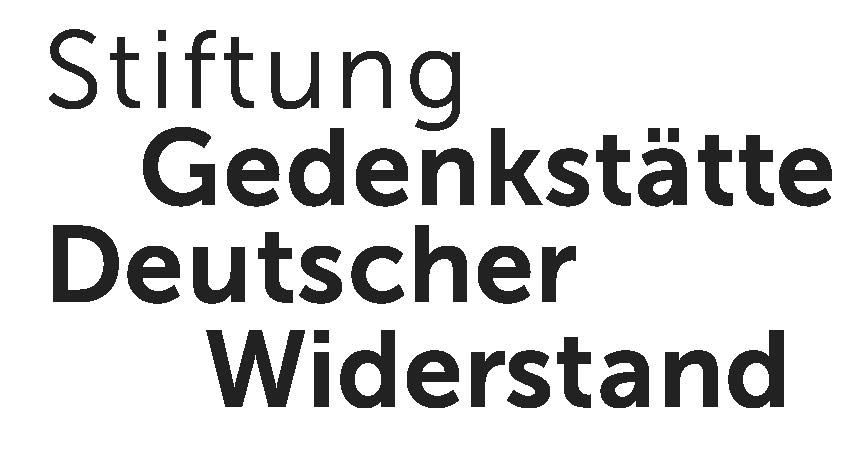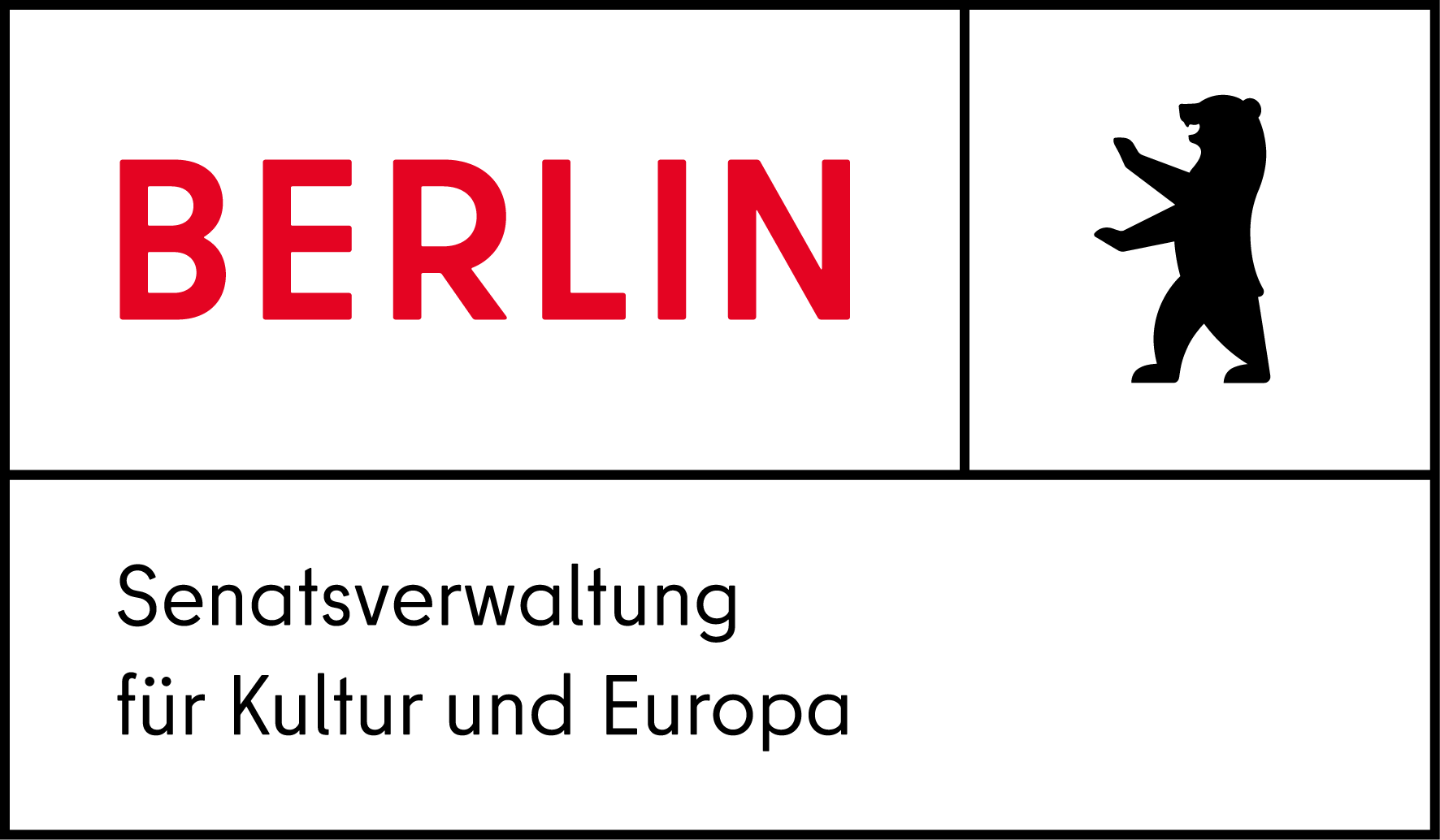
Reducing Carbon Dioxide Emissions through Joint Implementation of Projects / Martin, Will
June 2000 - Most proposals for joint implementation of energy projects emphasize installing more technically efficient capital equipment to allow reduced energy use for any given mix of input and output. But increases in energy efficiency are likely to have second-round effects. Reducing energy dema...
Na minha lista:
| Main Authors: | Martin, Will, 1953- |
|---|---|
| Formato: | Online-Resource |
| Idioma: | English |
| Publicado em: | Washington, D.C : The World Bank, 1999 |
| Assuntos: | |
| Acesso em linha: | URL des Erstveröffentlichers |
| Resumo: | June 2000 - Most proposals for joint implementation of energy projects emphasize installing more technically efficient capital equipment to allow reduced energy use for any given mix of input and output. But increases in energy efficiency are likely to have second-round effects. Reducing energy demand, for example, will reduce the market price of energy and stimulate energy use, partially offsetting the initial reduction in demand. These effects are likely to be substantially larger in the long run, reducing the magnitude of these offsets. Efficient reduction of carbon dioxide emissions requires coordination of international efforts. Approaches proposed include carbon taxes, emission quotas, and jointly implemented energy projects. To reduce emissions efficiently requires equalizing the marginal costs of reduction between countries. The apparently large differentials between the costs of reducing emissions in industrial and developing countries implies a great potential for lowering the costs of reducing emissions by focusing on projects in developing countries. Most proposals for joint implementation of energy projects emphasize installing more technically efficient capital equipment, to allow reductions in energy use for any given mix of input and output. But such increases in efficiency are likely to have potentially important second-round impacts: · Lowering the relative effective price of specific energy products. · Lowering the price of energy relative to other inputs. · Lowering the price of energy-intensive products relative to other products. Martin explores the consequences of these second-round impacts and suggests ways to deal with them in practical joint-implementation projects. For example, the direct impact of reducing the effective price of a fuel is to increase consumption of that fuel. |
|---|---|
| Descrição Física: | 1 Online-Ressource (32 Seiten) |

